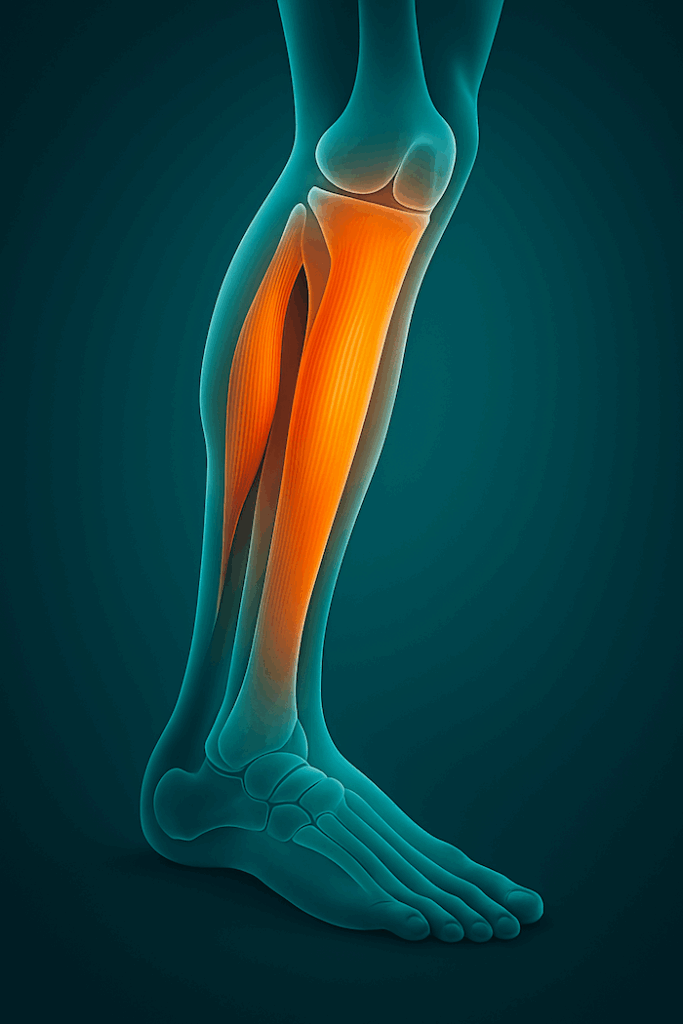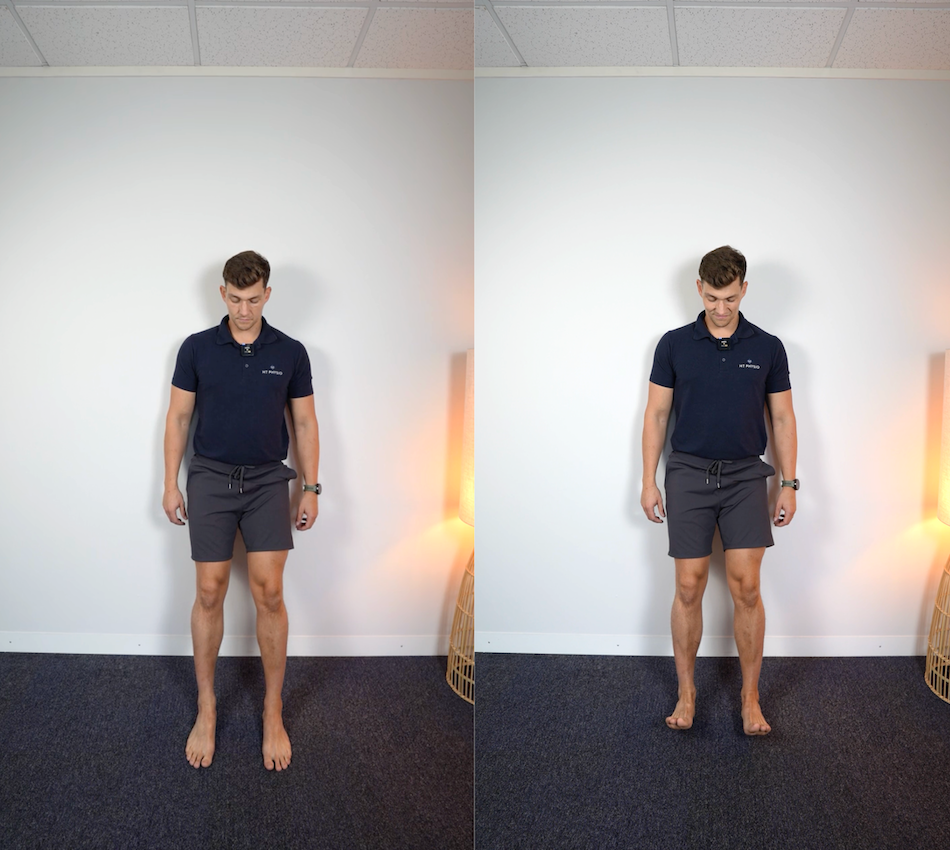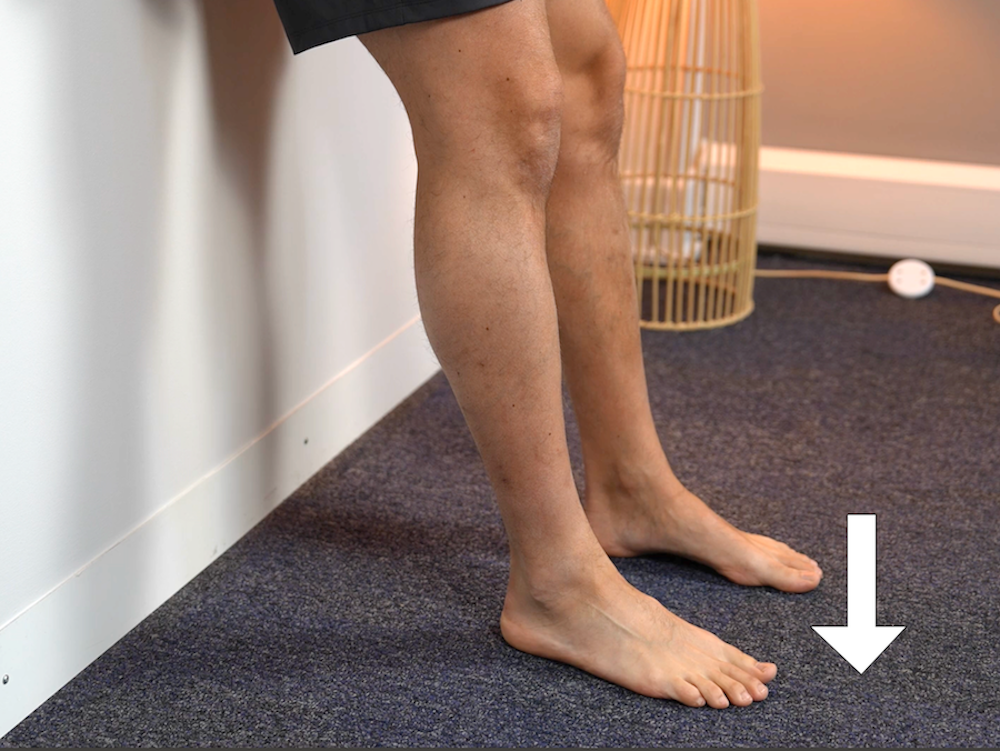Most people over 50 assume that the best way to improve walking is to “just walk more.” But what if there was a simple, overlooked exercise that could make every step easier, more stable, and less tiring?
In this article, I’ll share a powerful but underused exercise that can help you walk with better balance, less fatigue, and more confidence – especially if you’ve been feeling unsteady or achy on your feet.
DISCLAIMER: The information in this post is not a substitute for individualized medical advice and the exercises are not suitable for every person. Please get checked out before you start any new exercise programme.
Common Problems That Affect Walking as We Age
It’s common for people in their 50s, 60s and 70s to start noticing subtle changes in their walking.
You might feel:
- Tired or achy after only a short walk
- Unstable or unbalanced when turning or stepping on uneven ground
- Frustrated by tripping more often than before
- Soreness in the knees, ankles, or hips after walking
These are usually not serious injuries – just minor “niggles” that come and go. But together, they point to one big issue: inefficient walking mechanics.
When walking isn’t efficient, your muscles have to work harder than they should. Over time, this leads to fatigue, aches, and reduced confidence in your balance.
The Forgotten Muscle That Controls Foot Clearance
Most exercise programs for better walking focus on the glutes, quads, or calf muscles. These are important, but there’s another muscle group that’s almost always forgotten.
It’s called the tibialis anterior, and it lives at the front of your shin.
If you press on the outside edge of your shin bone, just below the knee, you’ll feel a soft area. That’s your tibialis anterior. Its main job is to pull your toes upward – a movement called ankle dorsiflexion.
Every time you take a step, this muscle lifts your toes so your foot can clear the ground. Without their support, your toes would drag, and that’s exactly why people with weak tibialis muscles tend to trip or stumble more often.

Why Weak Tibialis Muscles Cause Fatigue and Instability
When the tibialis anterior becomes weak, the whole walking pattern is affected.
Here’s what can happen:
- Tripping or stumbling: The toes don’t lift high enough, so they catch the ground mid-step.
- Hip and thigh fatigue: Other muscles (especially the hip flexors) start overworking to lift the leg higher to compensate.
- Lower leg tiredness: Each step feels heavier and less stable.
- Loss of confidence: Even subtle instability can make you more cautious, which ironically makes walking feel harder.
Strengthening this small but vital muscle can make a remarkable difference in how efficiently you walk, and that’s where the next exercise comes in.
The Tib Raise: A Simple Exercise to Improve Walking
The Tib Raise is one of the best exercises you can do to strengthen the muscles at the front of your shin. It’s simple, low-impact, and suitable for most people (as long as your healthcare professional agrees it’s safe for you).
Here’s how to do it:
- Find a wall and stand with your bottom and shoulders touching it.

- Place your heels about 12 inches away from the wall, with a small bend in your knees (around 10–20 degrees).
- Lift your toes off the floor, pulling them up towards your shins as far as you can.
- Hold for 2–3 seconds, then slowly lower them back down.
- Repeat for 10–15 repetitions, rest briefly, and complete 3 sets.
You should feel a mild burn or fatigue along the front of your shins – that means the tibialis muscles are working.



Making It Harder as You Get Stronger
If the basic version feels too easy, you can make it more challenging by adjusting your position:
- Step further from the wall: This increases the range of motion and makes the tibialis work harder.
- Try the “Tib Plank”: Lean on the wall with only your shoulders touching, keeping your hips off. Keep your knees straight and lift your toes the same way. You’ll feel this one much more!
Whichever version you do, focus on quality over quantity.
Each repetition should include a strong squeeze at the top and a slow, controlled return to the starting position.
For best results, aim to do three sets per day. You can space them out (morning, afternoon, and evening) or do them all at once with a short rest between sets.
What to Expect After a Few Weeks
Most people start to notice changes within 2–4 weeks of consistent practice.
Common improvements include:
- Less tripping or stumbling during walks
- Better balance and stability on uneven surfaces
- Reduced fatigue in the legs and hips
- A smoother, more confident walking pattern
Small, consistent efforts add up. The tibialis anterior may be a small muscle, but strengthening it can have a big impact on your daily mobility and confidence.
Takeaway: Don’t Overlook the Front of Your Shins
If you’ve been feeling less steady or more tired when walking, don’t assume it’s “just age.”
Often, it’s a fixable problem caused by weakness in the muscles that control your ankle movement.
Adding the Tib Raise into your routine is a simple, effective way to strengthen your shins, reduce the risk of tripping, and make walking feel easier again.
Next Steps
If you’d like more expert-led strategies like this one, check out my book Thriving Beyond 50 – it’s full of practical exercises and insights designed to help you stay strong, mobile, and independent for years to come.
Or, if you live near Farnham, you can book an assessment at HT Physio to get a personalised walking or balance improvement plan.
Author:
Will Harlow, MSc, MCSP. Over-50s Specialist Physiotherapist, HT Physio – Farnham, UK
